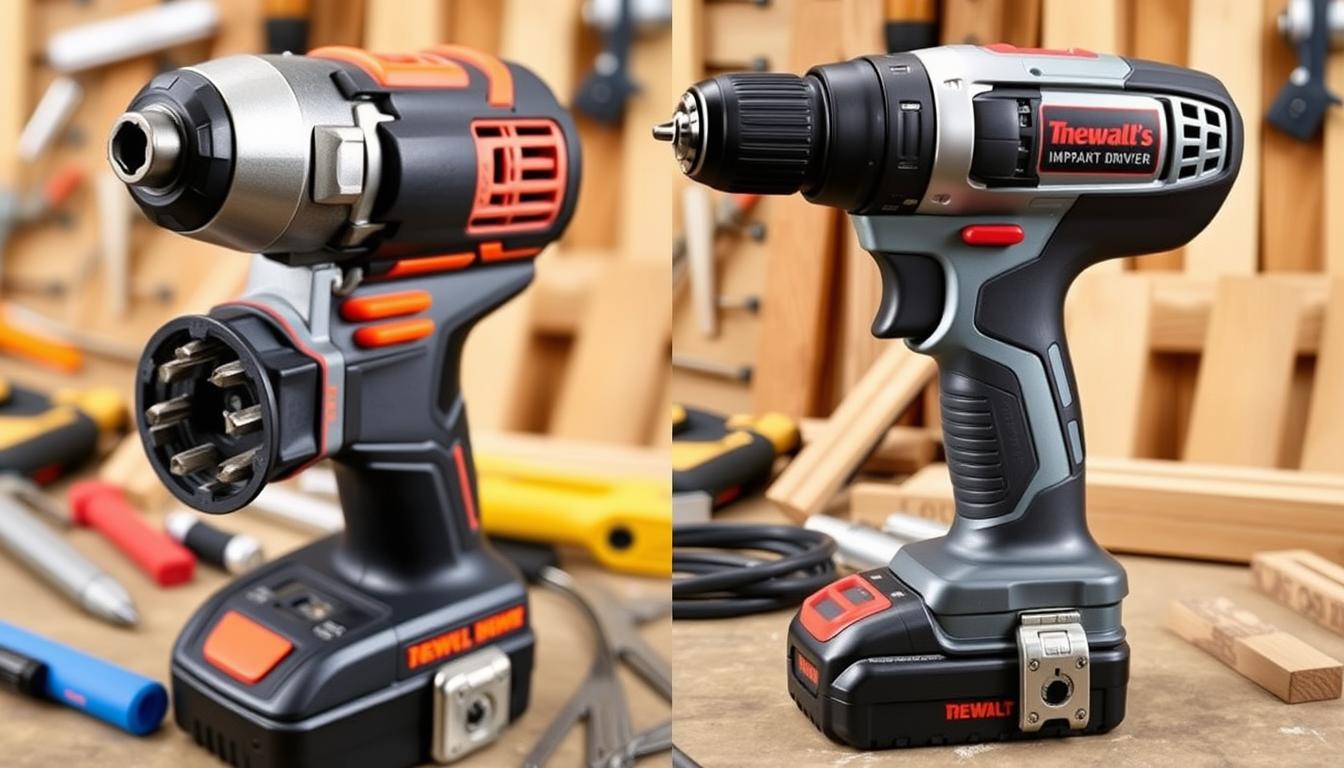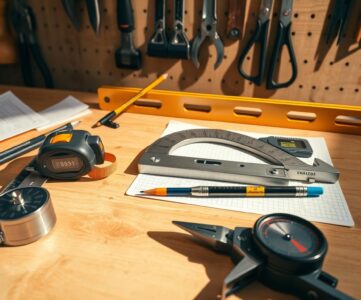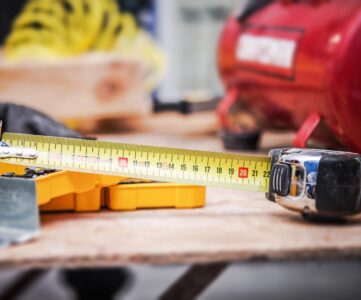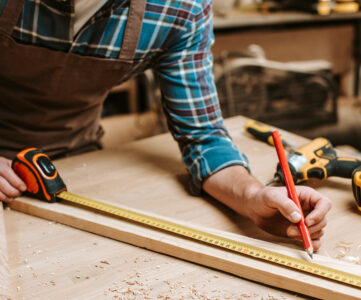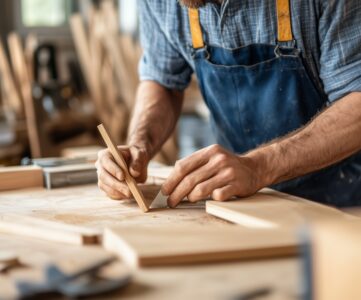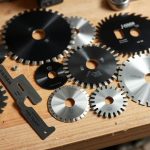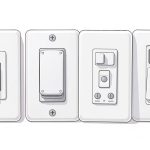Choosing the right tool for your project is key. Knowing the difference between impact drivers and drills is crucial. We’ll explore these differences to help you decide which tool fits your needs.
Impact drivers and traditional drills are both powerful. But they serve different purposes. Understanding their unique features helps you pick the right tool for any job. A detailed comparison will show you which tool is best for your project.
Key Takeaways
- Understanding the differences between impact drivers and traditional drills is crucial for completing projects efficiently.
- Impact driver uses include driving large fasteners and working with tough materials.
- A power drill comparison can help you determine which tool is best suited for your specific needs.
- Traditional drills are ideal for drilling precise holes and driving small fasteners.
- Choosing the right tool can save you time and effort in the long run.
- Consider the specific requirements of your project when deciding between an impact driver and a traditional drill.
- Both impact drivers and traditional drills have their own unique benefits and drawbacks.
Basic Differences Between Impact Drivers and Traditional Drills
Choosing the right tool is key. Knowing the difference between impact drivers and traditional drills is crucial. Each tool is made for different tasks and has its own benefits. Their design and function impact how well they work.
Impact drivers are for heavy jobs like driving big screws or loosening tough bolts. They use a hammering action to apply a lot of torque. Traditional drills, on the other hand, are for drilling precise holes and driving small screws. They offer more control and are perfect for tasks needing accuracy.
Defining Impact Drivers
Impact drivers combine rotational force and hammering action to drive screws. They’re used in construction, automotive, and DIY projects where lots of torque is needed. DIY fans and homeowners also find them useful for heavy tasks.
Understanding Power Drills
Traditional power drills are for drilling holes and driving small screws. They’re great for tasks needing precision, like woodworking or metalworking. They’re also handy for household jobs, like hanging pictures or putting together furniture.
Key Mechanical Differences
The main mechanical differences are in their gear systems, motors, and design. Impact drivers have stronger gear systems and motors for high torque. Traditional drills have more delicate gear systems and less powerful motors, making them better for precise tasks. Knowing these differences helps choose the right tool for the job and ensures the best results.
The Science Behind Impact Driver Technology
Impact drivers are built for heavy-duty tasks. They offer high torque and efficiency. Their unique mechanics allow for more torque than regular power drills.
This is thanks to a hammering action. The motor powers a hammer that hits an anvil. This creates a lot of torque.
The tool differences between impact drivers and regular power drills are big. Impact drivers are more efficient and powerful for tough jobs. A drilling guide helps understand what each tool can do. It helps users choose the right tool for their project.
Some key benefits of impact drivers are:
- High torque output
- Efficient energy transfer
- Durable construction
These advantages make impact drivers a favorite among professionals and DIY fans.
When to Use an Impact Driver
Impact drivers are versatile tools with many uses. They are great for tasks needing a lot of torque, like driving big screws or loosening hard bolts. They are often used in construction to drive screws fast and efficiently.
Impact drivers are also used in car work, like loosening lug nuts or driving screws in tight spots. They are handy for screw driving tools when you need a lot of torque, like with big fasteners or hard materials.
Large Fasteners and Tough Materials
Impact drivers are perfect for big fasteners or hard materials. They have a lot of torque, making it easier to drive screws or loosen bolts.
Construction Projects
Impact drivers are a staple in construction. They help drive screws quickly and efficiently. They’re also good for loosening stubborn bolts or driving screws in tight spots.
Automotive Applications
Impact drivers are also used in car work, like loosening lug nuts or driving screws in tight spots. They make these tasks easier with their high torque.
| Application | Benefits of Using an Impact Driver |
|---|---|
| Construction Projects | Drives screws quickly and efficiently, loosens stubborn bolts |
| Automotive Applications | Loosens lug nuts, drives screws in tight spaces |
| Large Fasteners and Tough Materials | Provides a high amount of torque, making it easier to drive screws or loosen bolts |
Best Applications for Traditional Power Drills
When comparing power drill comparison, traditional power drills shine. They’re great for small projects, precise work, and handling delicate materials. These drills offer more control and accuracy, perfect for tasks needing a gentle touch.
In a drill types comparison, traditional power drills excel. They handle smaller drill bits well and provide a precise drilling experience. They’re also better for drilling into wood, plastic, and other soft materials. Some top uses for traditional power drills include:
- Drilling small holes for screws or nails
- Driving small screws or nails
- Drilling into wood or plastic
- Performing precision work, such as crafting or jewelry making
Traditional power drills are ideal for anyone needing a reliable, precise tool for small projects. By looking at the power drill comparison and drill types, you can pick the right tool for your needs.
Power and Torque Comparison
Understanding the power and torque differences between impact drivers and traditional drills is key. The right tool can greatly impact efficiency and effectiveness. We’ll explore how these factors affect fastening tool performance.
Impact drivers and traditional drills have different power and torque levels. Impact drivers are best for heavy-duty tasks, thanks to their high torque. Traditional drills are better for lighter tasks, like drilling small holes.
Understanding Torque Ratings
Torque ratings are crucial for choosing the right tool. Impact drivers have higher torque, from 100 to 200 foot-pounds. Traditional drills have lower torque, from 10 to 50 foot-pounds. This shows why picking the right tool is important.
Battery Life Differences
Battery life is also important when comparing tools. Impact drivers need more frequent recharging due to their high-torque motors. Traditional drills, with lower torque, have longer battery life.
In conclusion, knowing the power and torque differences is key. By considering the task’s needs, users can choose the best tool. Understanding these differences ensures efficient task completion.
Common Mistakes to Avoid with Both Tools
Using impact drivers and traditional drills requires following a drilling guide. Not keeping the tools in good shape is a big mistake. This can make them less effective. Always clean and store them right, and keep an eye on the battery life to avoid damage.
Another mistake is not picking the right screw driving tools for the job. The wrong tool can damage screws and materials, wasting time. It’s important to match the tool to the task, whether it’s a small drill job or a big driving task. By using the right tools, you can finish your project well and avoid expensive errors.
- Not following the manufacturer’s instructions for tool usage and maintenance
- Using the wrong type of drill bit or screwdriver for the material being worked with
- Applying too much pressure, which can cause the tool to slip or the material to become damaged
Knowing these common mistakes helps you avoid them. Always stick to a drilling guide and use the right tools. This way, you can complete your project safely and efficiently.
Maintenance and Care Tips
Keeping your impact drivers and traditional drills in good shape is key. Knowing how to care for them can greatly improve their performance and life span. Regular cleaning and proper storage can prevent damage and keep your tools ready to go.
Here are some easy steps for cleaning and storing your tools:
- Wipe down your tools with a soft cloth to remove dirt and debris
- Store your tools in a dry, secure place to avoid damage and loss
- Regularly check for wear and tear, and replace parts as needed
Managing your tool’s batteries is also important. Always follow the manufacturer’s advice for charging and storage. Proper battery care helps avoid damage and keeps your tools working well. By following these tips, you can make your tools last longer and work better.
It’s also important to know when to replace parts. Check your tools often for wear and tear, and replace parts when necessary. This helps prevent damage and keeps your tools in top condition. By following these simple steps, you can keep your impact drivers and traditional drills in great shape for your fastening needs.
| Tool Type | Maintenance Tips |
|---|---|
| Impact Drivers | Regularly clean and store, check for signs of wear and tear |
| Traditional Drills | Regularly clean and store, check for signs of wear and tear, follow manufacturer’s guidelines for battery care |
Cost Analysis and Value Considerations
When comparing power drills, it’s key to look at the cost and value. Impact drivers and traditional drills have different prices. Impact drivers are often pricier but offer more value in the long run.
Performance, durability, and versatility are important when judging cost and value. Impact drivers are great for heavy-duty jobs and last longer. Traditional drills are better for lighter tasks and might be cheaper for DIY fans.
Some important things to think about in a power drill comparison include:
- Initial purchase price
- Maintenance and repair costs
- Battery life and replacement costs
- Accessories and compatibility
Research shows impact drivers cost between $50 to $200. Traditional drills range from $20 to $100. But, the real value is in how well each tool does its job. As Bob Villa said, “The right tool for the job can make all the difference in the world.”
In summary, it’s important to analyze costs and value when choosing between impact drivers and traditional drills. By looking at upfront and long-term costs, you can pick the best tool for your needs and budget.
Conclusion: Making the Right Choice for Your Projects
Choosing between an impact driver and a traditional power drill depends on your project’s needs. Impact drivers are great for big fasteners and hard materials. They’re perfect for construction, car work, and other tough tasks.
Power drills, on the other hand, are better for precise work. They’re ideal for small holes, fine details, and delicate tasks. Knowing what each tool does best helps you pick the right one for your project.
Think about torque, speed, and battery life when picking a tool. This article has helped you understand the difference. Now, you can use screw driving tools more effectively. You’ll become a pro at DIY or professional work.
